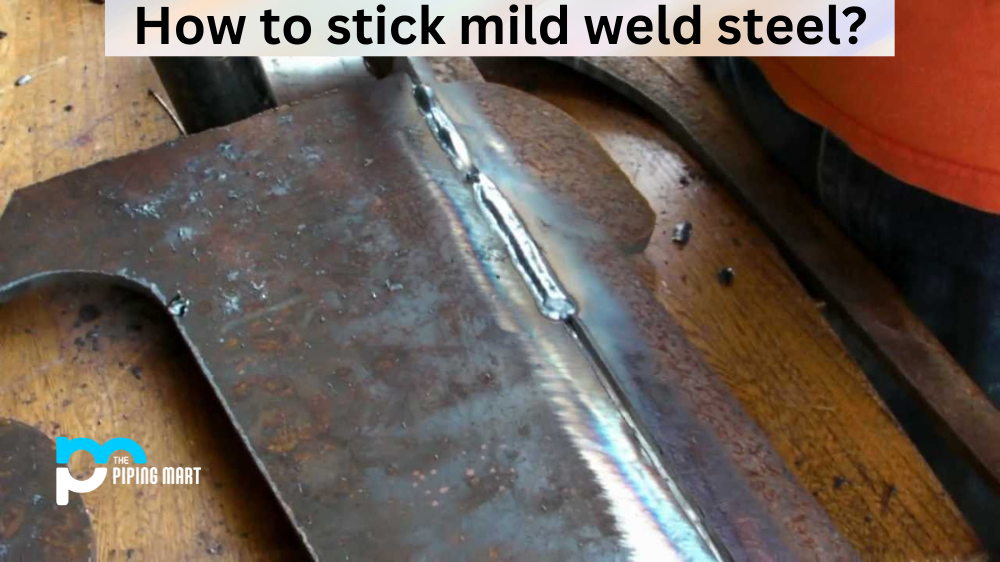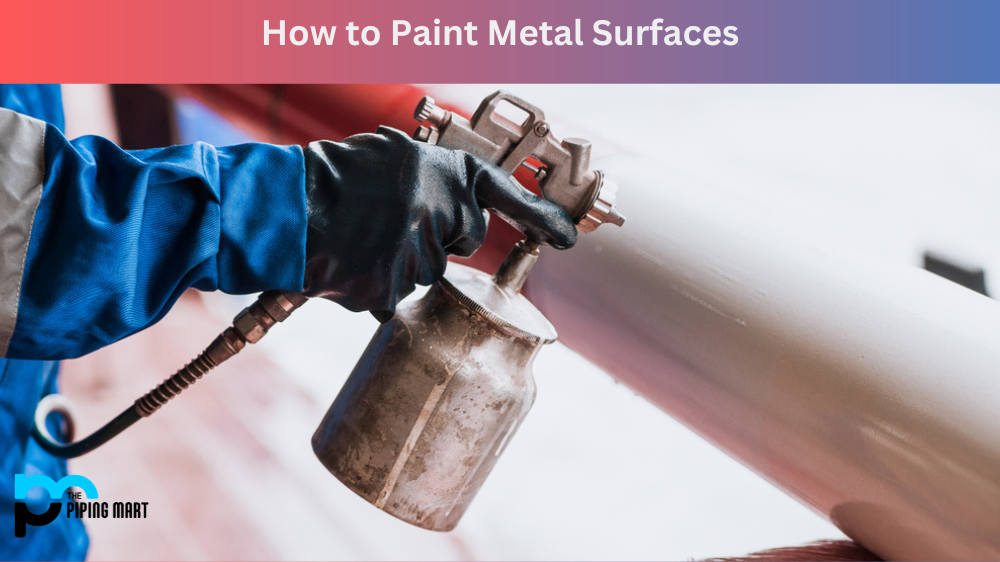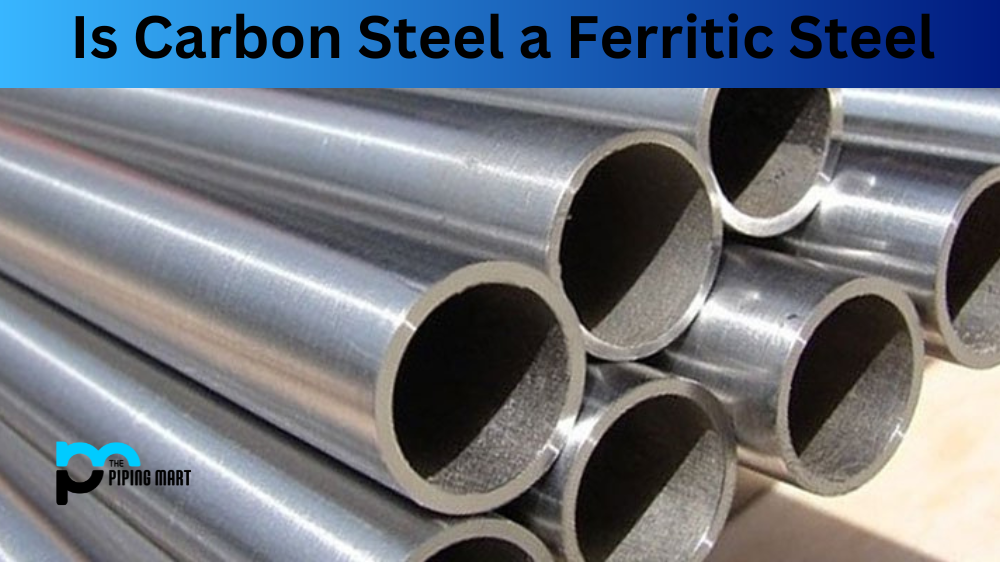Stick welding is a popular and effective method for joining mild steel together. It’s a great way to create strong, durable bonds between two pieces of material, and the process itself is relatively easy to learn. In this blog post, we’ll be discussing the basics of stick welding mild steel.
Safety First!
Before getting started with any welding project, it’s important to take safety precautions. Make sure you wear the proper attire (including gloves, a face shield or helmet, and long pants and sleeves) when welding to protect yourself against sparks or flying debris. Additionally, make sure your work area is free from flammable materials such as wood or oil-based products.
Gathering the Right Equipment
Once you’ve got your safety gear on, you can begin gathering your equipment for stick welding mild steel. You’ll need a stick welder that runs on either AC or DC power – DC power tends to provide the best results when working with mild steel – as well as some type of electrode holder (or stinger), a ground clamp cable, and some electrodes specifically designed for stick welding mild steel. Also, make sure you have some flux-coated electrodes – these will help create stronger bonds between two pieces of metal.
Preparing Your Work Area & Material
Once all your equipment has been gathered, it’s time to start prepping your work area and material for welding. First off, make sure both pieces of material are clean so that no dirt or debris gets between them during the welding process; if necessary, use degreasers or sandpaper to get rid of any contaminates on the surface of the metal. Additionally, check that both pieces are properly aligned; if one piece needs to be moved slightly in order for them to fit together perfectly, then do so now before starting your weld. Finally, set up your ground clamp cable so it creates a secure connection between your workpiece/table and ground source point; this helps ensure that any electrical current generated during the welding process is properly grounded away from you and other bystanders in the area before being discharged into the atmosphere safely.
Conclusion:
Once safety precautions have been taken care of and all necessary equipment has been gathered, it’s time to actually start stick welding mild steel! Remember that practice makes perfect – don’t be afraid to practice on scrap pieces before attempting an actual repair job – once you get comfortable with the technique, there’s nothing stopping you from creating beautiful welds every time! With just a little bit of patience and practice, you’ll be able to become an expert at stick welding mild steel in no time at all!
Meet Heer, a dynamic and driven writer learning tricks of her trade in the metal industry. With a background in Digital Marketing, Heer brings a unique perspective to her writing, sharing valuable insights. Apart from blogging she like reading and hiking.




